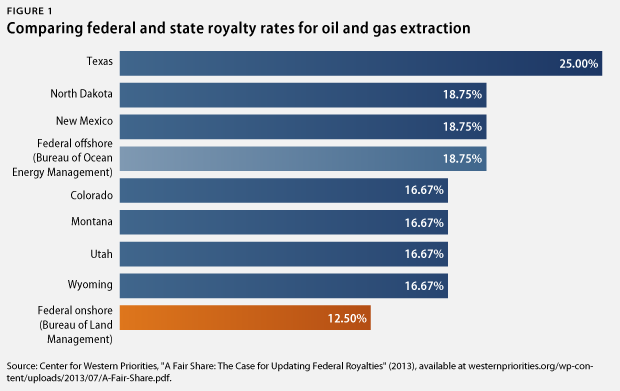Forkyfinder
Well-known member
- Joined
- Dec 13, 2023
- Messages
- 3,816
Is there substantial difference in amenties, regulations, etc.?Current MT DNRC lease per aum is around $16-17.
Thats quite a disparity - and based on the comments about economics im suprised it is rented.







